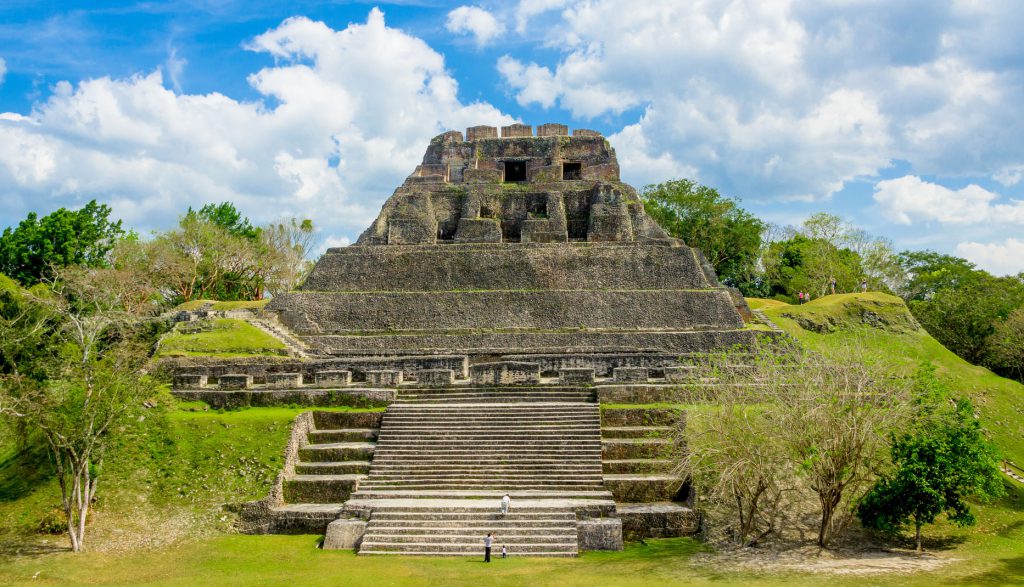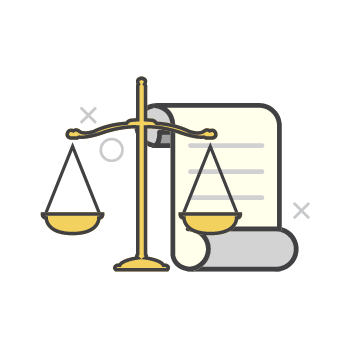Yello’s Bite-sized Guide to the Caribbean: Belize
by Karen Rollins Jun 21, 2021

Yello knows the Caribbean! We are based in 20 countries across the region, and each one of them is quintessentially Caribbean while also offering visitors a one-of-a-kind cultural experience.
Our British, French, Spanish, and Dutch colonial past can be seen in our food, art, fashion, music, and languages. As a region, we are slowly developing our own Caribbean identity based on our distinct geography, values, and experiences.
It’s time to appreciate our shared Caribbean culture and learn more about the countries in our region – let’s go over to Belize.
Independence Day: 21 September 1981
Capital: Belmopan
Background: Belize is situated on the northeast coast of Central America. It was originally populated by the Mayan civilisation. Christopher Columbus was the first European to reach the country when he sailed along the Gulf of Honduras in 1492.
Spain and Britain fought over Belize throughout the 18th Century. In 1862, the UK formally declared it a British Crown Colony, subordinate to Jamaica, and named it British Honduras.
In June 1973, the country’s name was officially changed to Belize. Belize was granted independence on 21 September 1981. It was the last British colony on the American mainland.
The name Belize is believed to come from the Mayan word belix, which means “muddy water”.
Getting around: You can get around Belize by plane, bus, car, boat, motorbike and even golf cart.
Belize has a well-developed highway and road system that connects all mainland towns, villages and most major attractions which makes driving a car or catching a bus easy and convenient. When you can’t reach the country’s beaches, jungles or Mayan ruins by road, there’s always the option of flying or getting a water taxi.
In some places travelling by golf cart is the preferred mode of transport as it’s better for the environment.
Must-see place of interest: The Belize Barrier Reef is the largest reef complex in the Atlantic-Caribbean region and the second-largest reef system in the world after Australia’s.
Comprising of seven marine reserve zones, over four hundred cayes, and three atolls, it was once referred to “as the most remarkable reef in the West Indies” by naturalist Charles Darwin.
The seven protected marine areas are Blue Hole Natural Monument; Half Moon Caye Natural Monument; South Water Caye Marine Reserve; Bacalar Chico National Park and Marine Reserve; Glover’s Reef Marine Reserve; Sapodilla Cayes Marine Reserve, and Laughing Bird Caye National Park.
These sites are home to around 70 hard coral and 36 soft coral species along with 1,400 different types of animals, including ones under severe threat, such as the West Indian manatee, the American marine crocodile and six types of endangered shark species.
Must-do annual event: Garifuna Settlement Day in November puts an annual spotlight on the unique culture of the Garifuna people of Belize. According to the Britannica website: “The Garifuna are descendants of the Carib Indians and Africans deported from Saint Vincent by the British to the Gulf of Honduras in 1798”.
Garifuna culture is recognised by UNESCO as a “masterpiece of the oral and intangible heritage of humanity.”
Garifuna Settlement Day is one of the largest and most vibrant annual festivals in Belize and is celebrated across the country.
Little known fact: English is the official language of Belize, but most Belizeans are multilingual, and many also speak Creole patois.
Motto: ‘Under the shade I flourish.’
Belize is welcoming tourists, but COVID-19 restrictions are in place. Please visit the official Belize Tourism Board website for up-to-date travel information.








